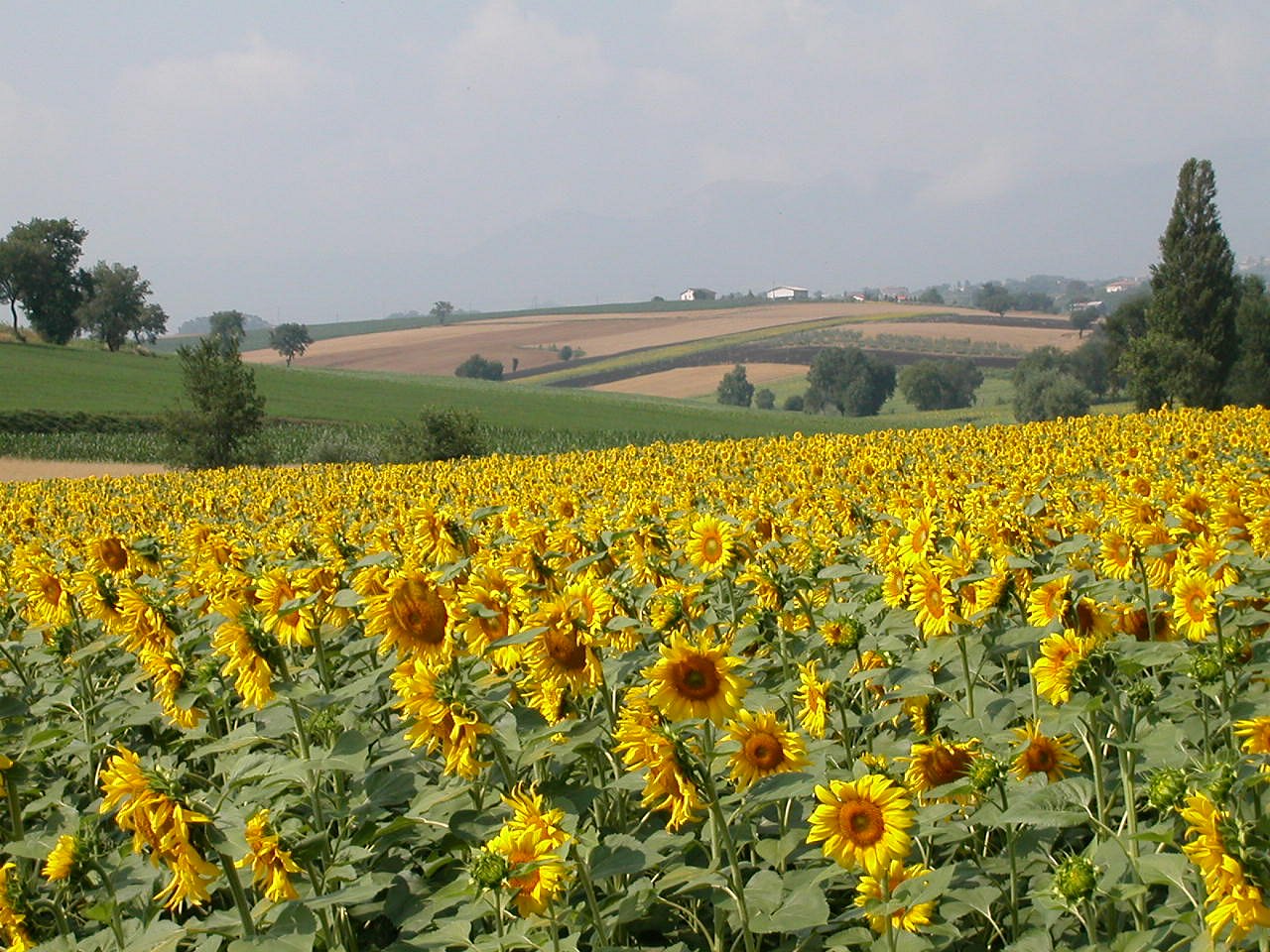A bone-chilling wind whistled across the water, as I huddled on a boat with fingers tucked into my armpits. We were sailing across Lake Trasimeno, the second largest body of freshwater in Italy. Aurelio, our captain and president of the local Trasimeno fishermen’s cooperative, explained that the maximum depth of the lake was about 5 m, and the area we were currently in was only 1,8-2 m deep. Moreover, this is an endorheic body of water, a lake with no natural outlets that is entirely rain-fed. Essentially, we were rocking our way across a giant puddle.
It may not look like much, but Lake Trasimeno is actually the cleanest lake in Italy, according to tests conducted by environmental agencies. There are no industrial zones located nearby with potentially polluting run-off, and the surrounding areas are sparsely populated. The lake boasts a healthy population of plankton, which results in clean and fresh-tasting fish.
Continue reading Gone Fishing on Lake Trasimeno



